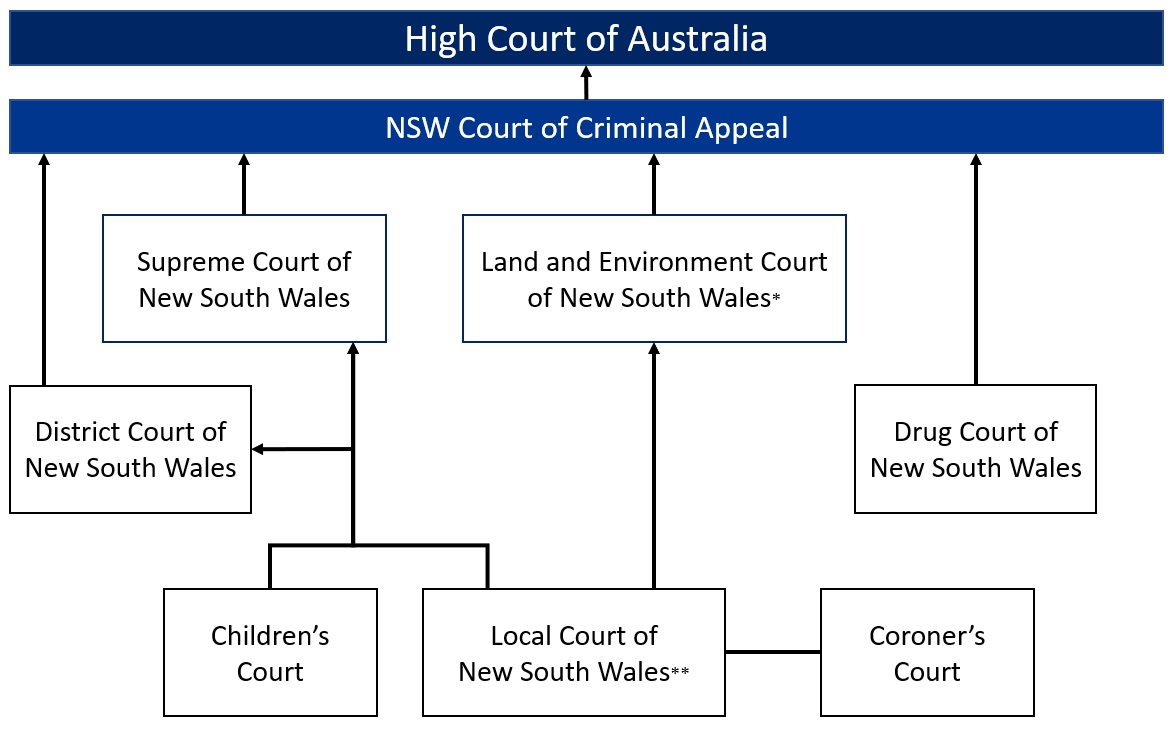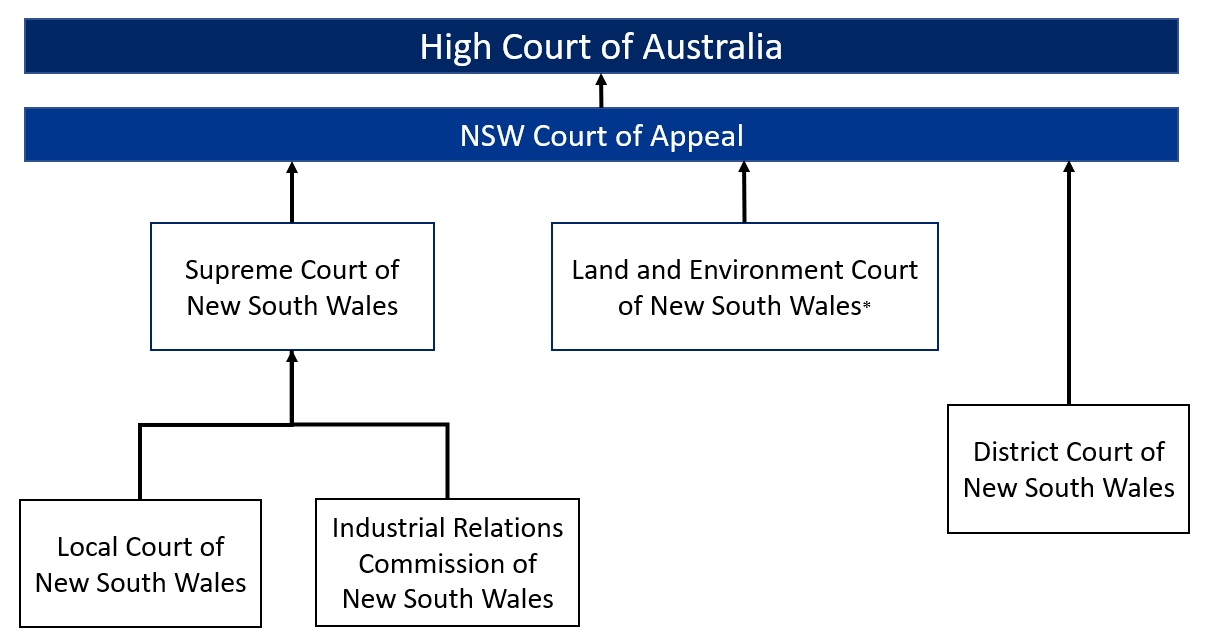Automatic language translation
Our website uses an automatic service to translate our content into different languages. These translations should be used as a guide only. See our Accessibility page for further information.
The Court’s purpose is to safeguard and maintain:
The Court has an appellate and a review jurisdiction in relation to planning, building, environmental, mining and ancillary matters.
Jurisdiction is exercised by reference to the subject matter of the proceedings. This may involve matters that have an impact on community interest as well as matters of government policy. The Court has summary criminal jurisdiction and appellate criminal jurisdiction in relation to environmental offences.
The Court Act provides for the following eight classes of jurisdiction in the Court.
Class 1: environmental, planning and protection appeals
Class 2: tree disputes and miscellaneous appeals
Class 2 and 3: strata scheme development proceedings
Class 3: valuation, compensation and Aboriginal land claim cases
Class 4: civil enforcement and judicial review of decisions under planning or environmental laws
Class 5: criminal proceedings for offences against planning or environmental laws

* Appeals to the NSW Court of Criminal Appeal are in relation to proceedings in Classes 5, 6 or 7 of the Land and Environment Court’s jurisdiction.
** Appeals from the Local Court of New South Wales to the Land and Environment Court are with respect to an environmental offence under the Crimes (Appeal and Review) Act 2001 and are in Classes 6 and 7 of the Land and Environment Court’s jurisdiction.

* Appeals to the NSW Court of Appeal are in relation to proceedings in Classes 1, 2, 3, 4 or 8 of the Land and Environment Court’s jurisdiction.
Proceedings may be transferred between the Supreme Court and the Land and Environment Court.
In civil proceedings, there is capacity for either the Supreme Court or the Land and Environment Court to transfer proceedings to the other court if it is more appropriate for the proceedings to be heard by the other court (see s 149B of the Civil Procedure Act 2005). The Court to which the proceedings are transferred is vested by the transfer with all of the jurisdiction of the transferor court with respect to the proceedings (s 149E of the Civil Procedure Act 2005).
For proceedings in Classes 5-7, the Supreme Court also has the power to transfer any proceedings commenced or purporting to have been commenced in the Supreme Court to the Land and Environment Court if the Supreme Court is of the opinion that the proceedings could or should have been commenced in the Land and Environment Court ( s 72 of the Court Act).
Last updated:
We acknowledge the traditional owners and custodians of the land on which we work and we pay respect to the Elders, past, present and future.